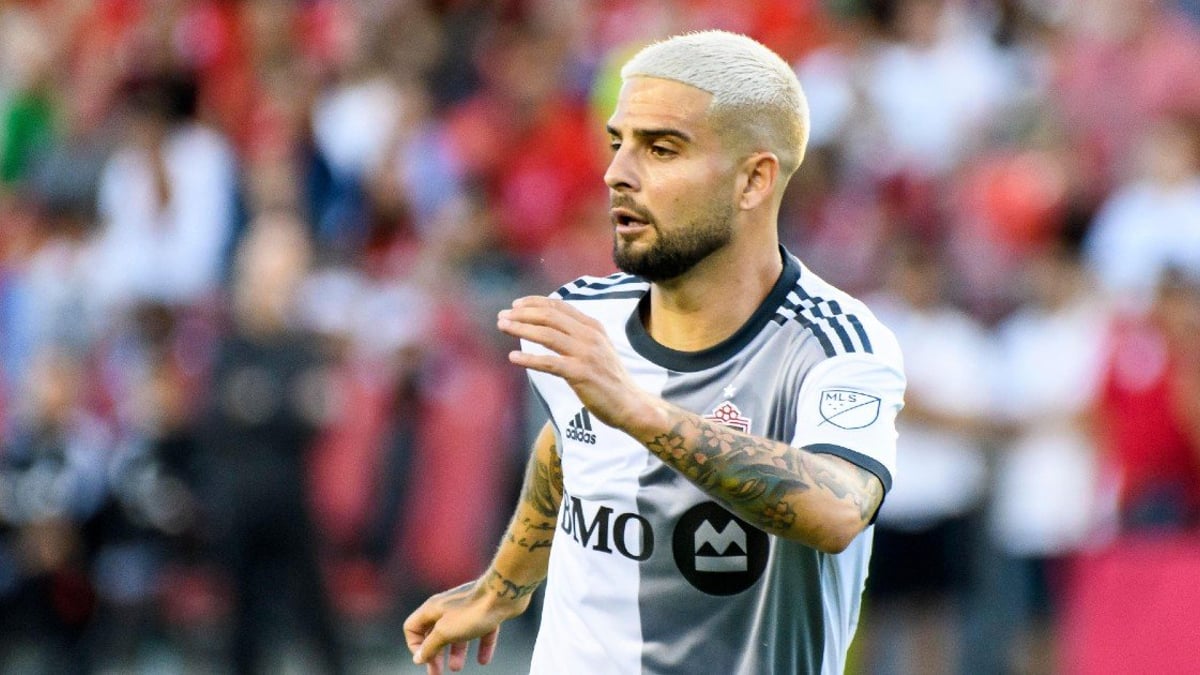MLS Designated Player Rule Has Evolved Plenty

MLS Designated Player Rule Has Evolved Plenty
Major League Soccer differs sharply from top European leagues in several ways, including having a playoff and no relegation system. Perhaps the most noteworthy difference is one that helps level the playing field for the league's teams: the designated player rule.
Clubs like Paris Saint-Germain and Manchester City dominate because of superior wealth — a situation that can't happen in MLS.
History of the rule
The rule began in 2007 because of the transfer of David Beckham from Real Madrid to LA Galaxy, earning it the nickname "the Beckham Rule."
MLS wanted to ensure a salary cap was in place to prevent the wealthier franchises buying up all the best players. Although nothing stops an MLS team from spending an unlimited amount on a transfer fee, when a player signs with a club, that salary must not push the team's total player payroll beyond the cap.
Beckham was the first player signed under this rule, agreeing to a five-year contract for $6.5 million a year. Since, the designated player rule has allowed all MLS teams to compete for players on the international soccer market. Superstars like Wayne Rooney (D.C. United), Frank Lampard (New York City FC), Giorgio Chiellini (LAFC), and Sebastian Giovinco (Toronto) are among many players who have joined MLS teams other than the Galaxy.
Place you bets! Best Major League Soccer betting apps.
Salary cap details
Under the 2010 collective bargaining agreement between MLS and its players' union, that year's salary cap was $2.55 million. This had an automatic 5% increase each year until the agreement expired at the end of the 2014 season. Today, Toronto's Lorenzo Insigne has the highest salary in MLS at $14 million a year.
Only three players can sign for a club whose total compensation and acquisition costs exceed the maximum salary budget charge. For example, Toronto also has Federico Bernardeschi on its payroll, with an annual salary of $6,256,322.
What’s more, there are no limits on the number of international players who can be signed to a roster, but roster slots 29 and 30 must be occupied by homegrown players. A player is defined as homegrown if he joins an MLS academy in the year before he turns 16.
More MLS Coverage
What Team is the 2023 Favorite?
What Player Has the Most MLS Appearances?
How Many Goals did David Beckham Score in the MLS?
Has the Rule Evolved?
Since the rule was introduced in 2007, there have been plenty of changes.
Most recently, in 2017, the maximum budget charge changed to $480,625, and designated players (DP) 20 or younger now count as $150,000 against the salary budget. Moreover, clubs do not have to buy the third DP roster slot to accommodate designated players 23 and younger.
In 2022, each DP counted for $612,500 against the salary cap, unless they joined a club after the opening of the second transfer window. The budget charge then dropped to $306,250.
Because soccer is constantly growing in North America, so are the sport's finances and MLS's. Ahead of the 2023 season, the base salary cap was $5.2 million. Additionally, $1.9 million will be made available in general allocation money and $2.7 million in targeted allocation money.
Clubs don’t have to fulfill the designated player rule and are welcome to sign players below the salary cap for every roster slot. Given clubs are looking to grow, this doesn't generally occur.
At the same time, only a handful of clubs can afford to have three designated players, and clubs like the Colorado Rapids so far have just one DP for 2023. Although the designated player rule allows for a more level playing field, clubs like Toronto in the past year have proved that there is still a huge lack of fairness involving finances in MLS.
At the very least, the designated player rule allows a club to have only three superstar players above the salary cap at a given time.
Be first to get our exclusive offers!
Join today to stay up to date on your states gambling news and offers.





